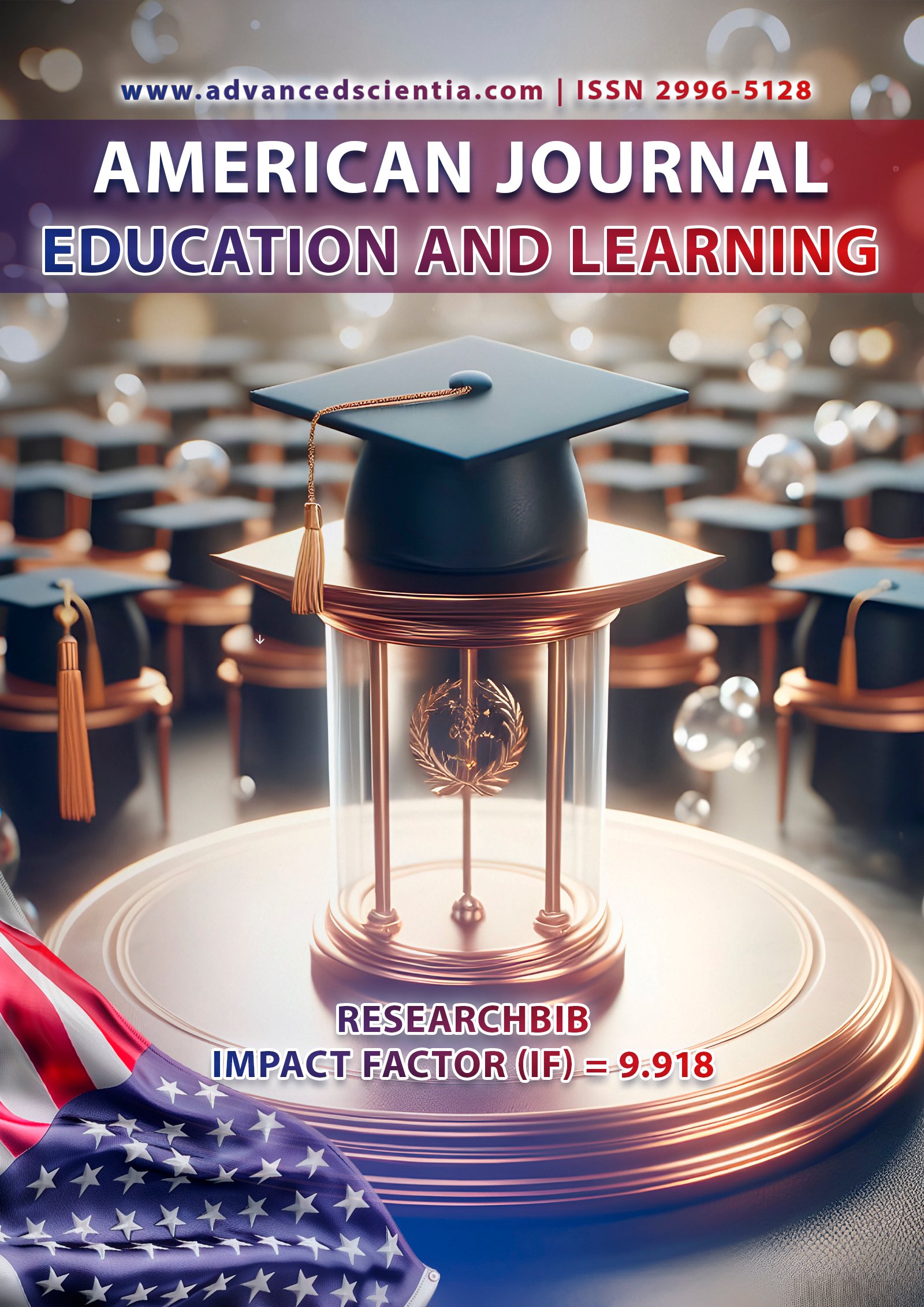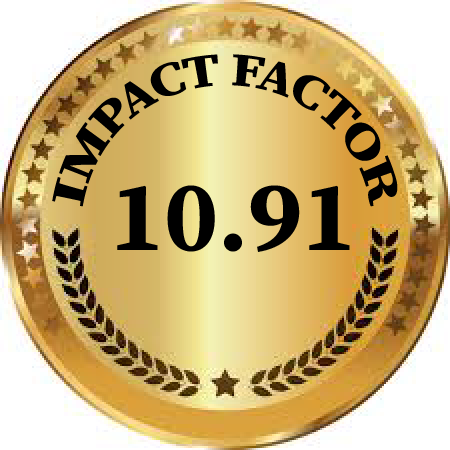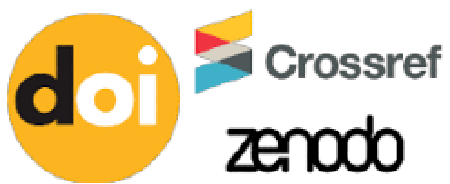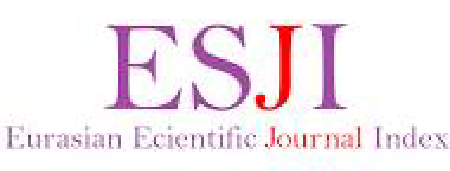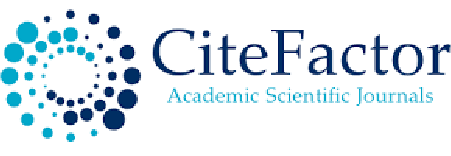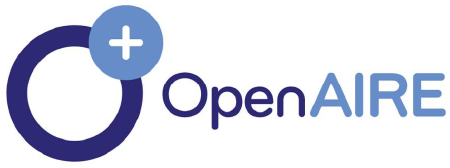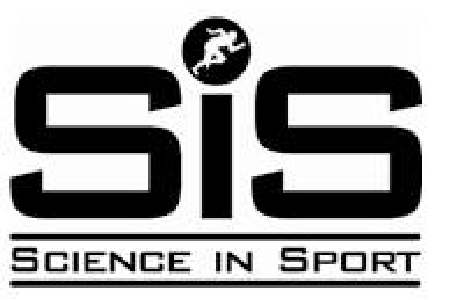THE IMPACT OF EMOJIS AND INTERNET SLANG ON LANGUAGE REGISTERS
Abstract
This study investigates the transformation of language registers on social media platforms within the Uzbek-speaking digital community, focusing on the comparative analysis of bloggers and general users. Drawing on a qualitative analysis of 100 public posts from Instagram and Telegram, the research identifies how linguistic norms traditionally associated with formal and informal registers are shifting in response to the affordances of digital communication. The findings reveal a hybridization of registers, where formal structures coexist with colloquial expressions, emojis, and multilingual code-switching. Bloggers exhibit intentional register manipulation to balance authority and relatability, while general users display more spontaneous, speech-like expressions influenced by peer interaction and internet culture. The study also highlights the role of visual-semiotic tools in shaping tone and structure, reflecting a broader move toward multimodal and performative communication. These transformations not only redefine linguistic appropriateness in online settings but also signal changing patterns of identity expression, social engagement, and cultural values in the digital age.
References
1. Biber, D. (1995). Dimensions of Register Variation: A Cross-Linguistic Comparison. Cambridge University Press.
2. Crystal, D. (2011). Internet Linguistics: A Student Guide. Routledge.
3. Herring, S. C. (2013). Discourse in Web 2.0: Familiar, Reconfigured, and Emergent. In: Tannen, D., & Trester, A. M. (Eds.), Discourse 2.0: Language and New Media (pp. 1–25). Georgetown University Press.
4. Tagg, C. (2015). Exploring Digital Communication: Language in Action. Routledge.
5. Danet, B., & Herring, S. C. (Eds.). (2007). The Multilingual Internet: Language, Culture, and Communication Online. Oxford University Press.
6. Androutsopoulos, J. (2006). Introduction: Sociolinguistics and Computer-mediated Communication. Journal of Sociolinguistics, 10(4), 419–438.
7. Shoabdurahmonov, Sh. (2006). Hozirgi o‘zbek adabiy tili. Toshkent: Fan.
8. Karimov, A. (2019). Tilshunoslikka kirish. Toshkent: O‘zbekiston Milliy Ensiklopediyasi.
9. Yuldasheva, G. K. (2021). Ijtimoiy tarmoqlarda til va uslub masalalari. Filologiya masalalari, 2(3), 85–92.
10. Qodirov, B. (2022). Emodji va slanglarning nutq uslublariga ta’siri. O‘zbek tili va adabiyoti, 6(1), 74–79.
